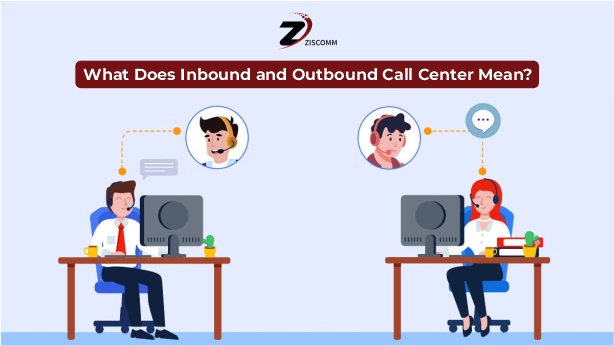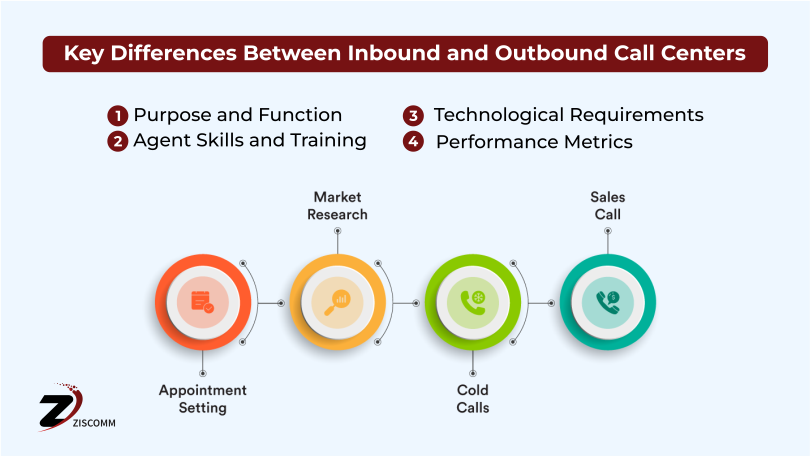
In today’s competitive business environment, providing excellent customer service is paramount. Call centers, both inbound and outbound, play a crucial role in maintaining and improving customer relations. Understanding the differences between inbound and outbound call centers, along with their functions and benefits, can help businesses tailor their operations to better meet customer needs and drive growth.
What Does Inbound and Outbound Call Center Mean?
Call centers are important to modern business operations, operating as the front line for customer relations. There are two primary types of call centers: inbound and outbound. Inbound call centers focus on receiving calls from customers looking for help, while outbound call centers preparedly reach out to potential or existing customers for sales, surveys, and more. Both types of call centers, inbound and outbound, are necessary for delivering high-quality customer service and achieving business objectives.
What is an Inbound Call Center?
Definition
An inbound call center handles incoming calls from customers and businesses who need support or information regarding products and services. The primary goal of an inbound call center is to resolve customer issues quickly and efficiently, thus way improving customer satisfaction and loyalty.
Services Provided by Inbound Call Center
Inbound call centers offer a variety of services, including:
1. Customer Service
Addressing customer inquiries, complaints, and requests for information.
2. Technical Support
Assisting customers with technical issues and troubleshooting product problems.
3. Order Processing
Managing orders placed by customers, either over the phone or through other channels.
4. Payment and Billing Support
Helping customers with payment issues, billing inquiries, and account updates.
5. Upgrade and Renewal Inquiries
Handling requests for service upgrades, renewals, and other account changes.
Tools and Technology used in Inbound call centers
Inbound call centers use a range of tools to improve their operations and improve customer service, including:
1. Automatic Call Distributors (ACDs)
Systems that route incoming calls to the most appropriate agent based on skills and availability.
2. Interactive Voice Response (IVR)
Automated systems that guide callers through a menu to direct them to the right department or agent.
3. Customer Relationship Management (CRM)
Software that stores customer information and exchange history, allowing agents to provide personalized service.
4. Help Desk Tools
Applications are used which help route technical support calls to specialized agents.
5. Agent Dashboards
Interfaces that allow agents to monitor their performance metrics and manage calls effectively.
Benefits of Inbound Call Center
Inbound call centers provide several benefits, including:
1. Improved Customer Satisfaction
By resolving issues quickly and efficiently, inbound call centers enhance customer satisfaction and loyalty.
2. Increased Efficiency
Advanced tools and technology streamline call handling, reducing wait times and improving resolution rates.
3. Revenue Generation
Inbound call centers can also contribute to revenue through cross-selling and up-selling opportunities.
Recommended: What is Call Center?
What is an Outbound Call Center?
Definition
An outbound call center is responsible for making outgoing calls to customers or prospects. The primary focus of outbound call centers is often sales-driven, aiming to generate leads, close sales, and gather valuable market research.
Services Provided by Outbound Call Center
Outbound call centers offer a variety of services, including:
1. Sales and Telemarketing
Promoting products or services and closing sales over the phone.
2. Lead Generation
Identifying and qualifying potential customers through cold outreach.
3.Appointment Setting
Scheduling meetings between potential customers and sales representatives.
4. Market Research
Conducting surveys to gather information about customer needs, preferences, and market trends.
5. Telesales
Focusing on closing deals and increasing sales revenue through phone interactions.
Tools and Technology by Outbound Call Center
Outbound call centers utilize specific tools to optimize their operations, including:
1. Auto Dialers
Systems that automatically dial a list of phone numbers, increasing agent productivity.
2. CRM Integration
Integrating with CRM systems to access customer information and matched interactions.
3. Call Scripts
Predefined scripts that ensure consistency in messaging and help agents handle calls effectively.
4. Lead Management Systems
Software that tracks and manages leads to prioritize outreach efforts.
Recommended: 11 Advantages of Call Centers
Benefits by Outbound Call Center
Outbound call centers offer several benefits, including:
1. Increased Sales
Proactive outreach helps generate new business opportunities and boost sales.
2. Customer Engagement
Regular follow-ups and surveys help maintain a strong connection with customers.
3. Market Insights
Gathering customer feedback provides valuable insights into market trends and customer preferences.
Key Differences Between Inbound and Outbound Call Centers

1. Purpose and Function
Inbound Call Centers:
Focus on receiving and resolving customer issues, providing support, and improving customer satisfaction.
Outbound Call Centers:
Focus on making outgoing calls for sales, lead generation, and market research.
2. Agent Skills and Training
Inbound Call Center Agents:
Need excellent listening skills, problem-solving abilities, and a customer-centric approach.
Outbound Call Center Agents:
Require strong communication skills, sales acumen, and the ability to handle rejection.
3. Technological Requirements
Inbound Call Centers:
Use ACDs, IVR, CRM systems, and help desk tools to manage and streamline incoming calls.
Outbound Call Centers:
Use auto-dialers, CRM integration, call scripts, and lead management systems to improve outreach efforts.
4. Performance Metrics
Inbound Call Centers:
Measure success through metrics like First Call Resolution (FCR), Average Handling Time (AHT), and Customer Satisfaction (CSAT).
Outbound Call Centers:
Measure success through metrics like Conversion Rates, Sales Revenue, and Average Connection Rate.
Hybrid Call Centers
Definition and Benefits
A hybrid call center combines the functions of both inbound and outbound call centers, allowing agents to handle both incoming and outgoing calls. Merges inbound and outbound call center functions approach provides a smooth and consistent customer experience, centralizing communication and allowing flexibility in handling various customer interactions.
How to Implement a Hybrid Call Center?
1. Cross-Training Agents
Ensure agents are trained to handle both inbound and outbound calls effectively.
2. Integrated Technology
Use software that supports both inbound and outbound functions, such as CRM systems and auto dialers.
3. Unified Communication Guidelines
Develop guidelines that ensure consistent messaging and service across all interactions.
Outgoing vs Incoming Call Centers: Final Thoughts
Understanding what inbound and outbound call centers mean and the benefits outbound and inbound call centers offer is important for businesses aiming to improve customer service and drive growth. Inbound call centers focus on resolving customer issues and providing support. In contrast, Outbound call centers aim to generate leads and increase sales. By using the strengths of both, businesses can create a complete and effective call center strategy.
Implementing a hybrid call center can further improve customer interactions by providing a smooth experience across all channels. Additionally, outsourcing call center operations can offer cost savings and access to expertise. However, it’s important to choose the right partner carefully.
Investing in well-structured call center operations, whether inbound, outbound, or hybrid, will not only improve customer satisfaction but also boost overall business performance. As customer expectations continue to evolve, maintaining a balanced and efficient call center strategy will remain a key component of success.
